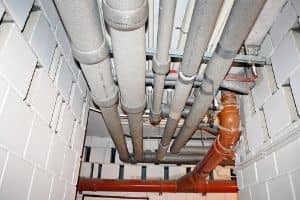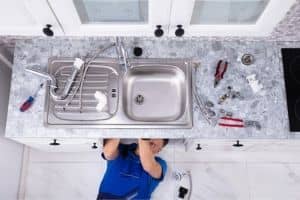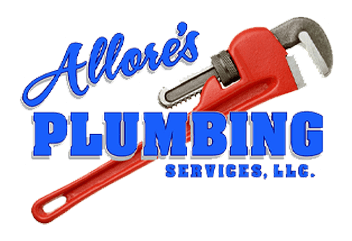Let’s Go Back to School: Our Plumbing 101 Guide to the Basics
It’s August and that means it’s back to school time for many of us with kids. This month we’re going to “school” those homeowners out there that are tired of their home’s plumbing being a misunderstood mystery.
We may not be able to answer all your questions or make you a master plumber, but we can give you the basics of how the water gets into your house, how it’s controlled, and finally how it makes its way out of your home after you’ve put it to good use.
Ready to learn a few things? Let’s start off with some basics!
All Homes Rely on a “Pipe System” to Deliver Water

From here the water is directed to your various faucets and appliances through a network of pipes. These pipes often have a way to shut off the supply before the faucet so that a plumber can make repairs without interrupting service to the entire home.
Depending on the age of your home, your pipes could be made from a variety of materials. They may be metal in the form of copper tubing, steel, or cast iron.
Other homes, especially those recently built are likely to have pipes constructed from plastic, either PVC or PEX tubing. No matter what they’re made of, their function remains the same, bring water from an outside supply to our kitchens, bathrooms, or wherever you see a faucet.
Beyond the Kitchen Plumbing, Where Else Is the Water?

We need water in the kitchen sink, to prepare meals and wash dishes. A home’s plumbing system is more intricate than you might realize at first glance. Our refrigerators now dispense crystal clear ice and cold filtered water, so they require plumbing to make them function.
The dishwasher and the washing machine all need an effective water supply to allow them to make our lives easier. Plus these two appliances also need a way to get rid of the water once it’s done its job. The other half of any plumbing system is carrying away the wastewater without causing a mess.
Getting Rid of Waste Water Requires Proper Drainage

These pipes are made out of PVC plastic or cast iron and are larger in diameter than most of the supply pipes in your house. We might not think about these pipes much until there is a problem. Usually something like a sink or tub that will not drain.
This article taught you a little bit about the basics of a home plumbing system. Should you have questions about your own plumbing or need help with any plumbing situation, our pros at Allore’s Plumbing Services LLC can help.


